Today’s blog is dedicated to our Bra Doctor, fellow blogger and professional bra fitter!
On a design level, it’s a huge technical challenge to enclose and support a semi-solid breast of varying volume and shape, plus its adjacent partner and incorporate wildly different torso circumferences too – but that’s exactly what bra manufacturers have to do! Add attractive presentation, functionality and fashion requirement. It’s really quite a big deal.
Until the 1930’s, bra sizes were sized S, M & L but with the technical sophistication of emerging bra designs, this sizing system just wasn’t sufficient any more. In 1932 S.H.Camp and Company correlated the size and shape of a woman’s breast to letters of the alphabet. Warner’s were the first to adopt these new cup sizes for their bras, which is the same A through D system that we use today. Just after World War Two a proper band sizing system was created by manufacturers in the USA.
By the 1940’s, bras had designated sales areas within department stores with their own special fitting rooms and manufacturers established fit training courses for their saleswomen.
So after seventy years why do manufacturers’ standard cup sizes vary so much?
Well, sizing systems vary from country to country, and secondly, bras can be graded very differently too. In Europe the torso is measured in centimeters and rounded to the nearest multiple of 5 cm, whereas in the States they use inches and round up to 2 inches (=5.08cm). Grading between cup sizes can be either 2 cm in Europe or 1 inch in the States (=2.54 cm) or even graded up by as much as 3 cm (as with some French brands). The smaller sizes are less affected but as soon as you get to the D’s and above the variances in cup size between brands can be substantial.
Also the general sizing system is insufficient too because the volume of the breast isn’t taken into consideration, only it’s diameter. Bras need to be close fitting – but women’s breasts vary wildly in size and shape, most breasts are asymmetric and can change depending on the time of the month and with fluctuations in weight. With off-the-shelf bra sizes it’s very difficult to accommodate all these inconsistencies, and bra fitting instructions also conflict between manufacturers! Methods conceived in the 1930’s have been gradually doctored and revised without any overall guidelines.
So it’s not surprising that 80% of women wear the incorrect bra size! How can you possibly get it right? Well that’s why it’s essential to be fitted by a professional with knowledge and experience of the different brand characteristics and can actually assess the fit of the bra on you. Once you’re familiar with the size you take in a brand, it gets easier! Don’t forget, though, that sizing may also vary within a company’s different styles, based on the cut, shape, fabric, and other important considerations like the width of the underwire that is used.
So, as Rachel did in her last blog, why don’t you take the mystery out of bra sizing! Do yourself (and your body) a favor get yourself fitted by our very own Bra Doctor at Now That’s Lingerie!
Have fun!
Teresa
Facts and figures from Wikipedia: History of brassieres – Wikipedia, the free encyclopedia
Bra fitting image from The Daily Mail: www.dailymail.co.uk
Leave a Comment
Pingback: What’s in a bra cup? « Bra Doctor's Blog on May 25, 2011
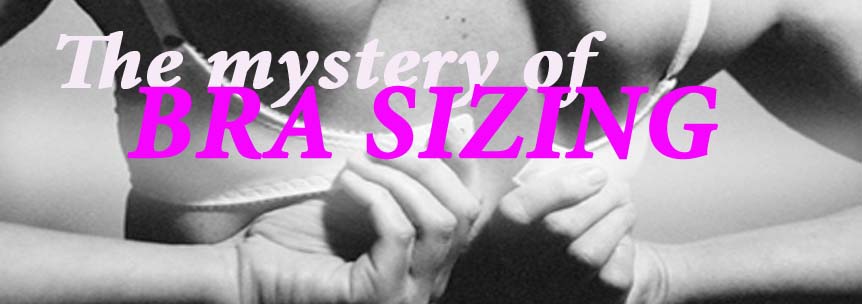
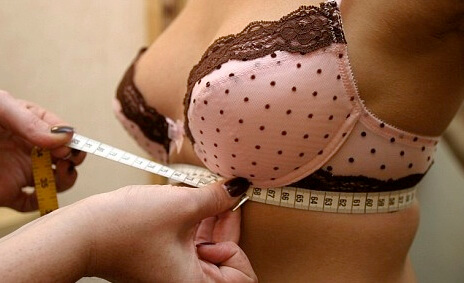

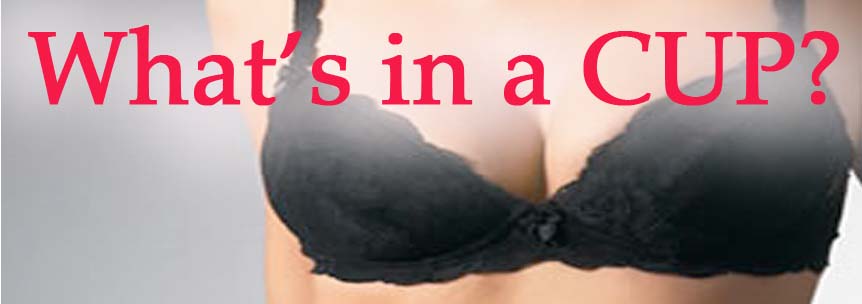
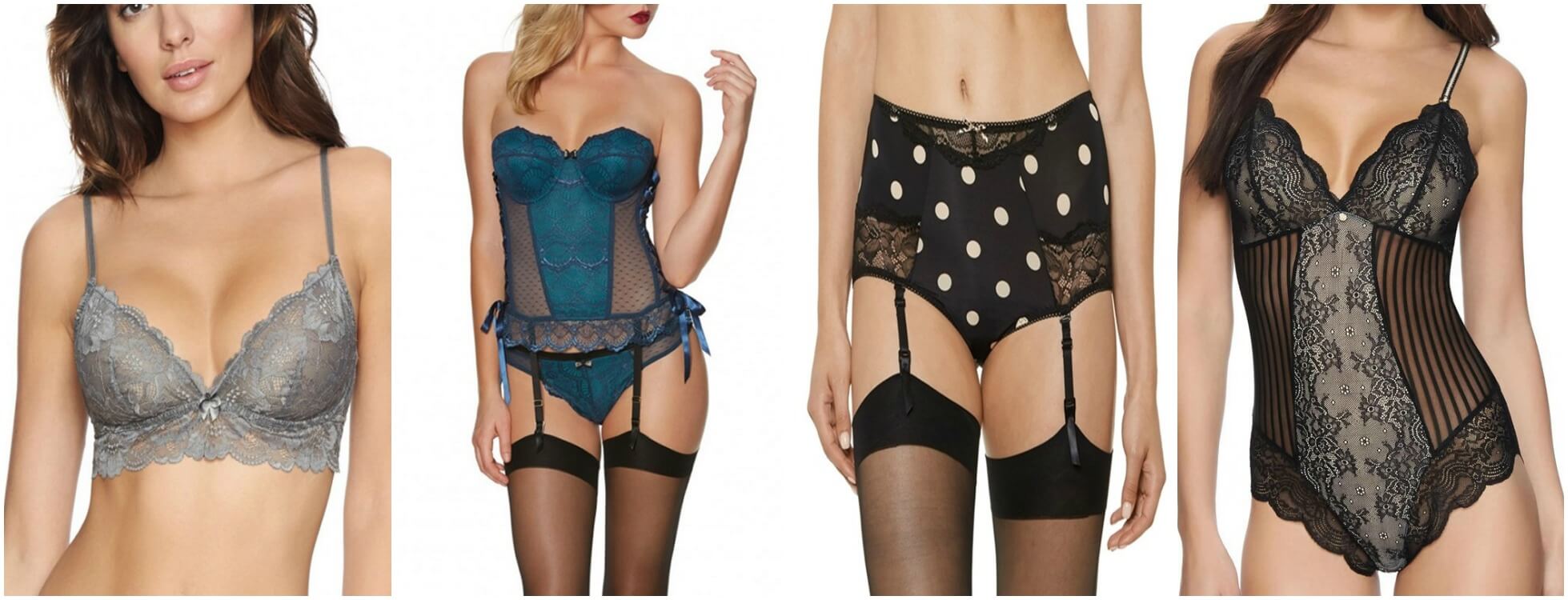
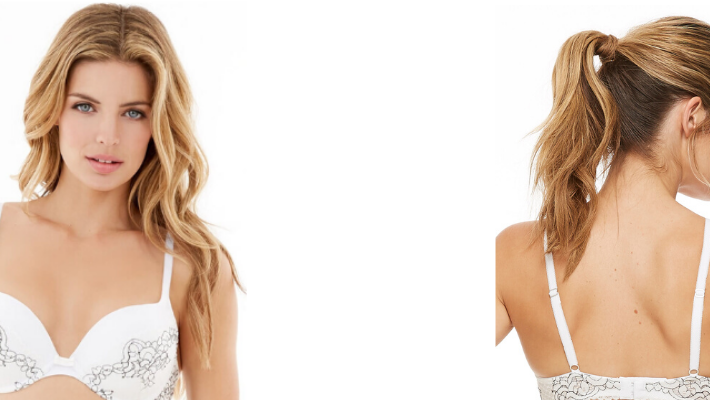
5 COMMENTS
Kathy
15 years agoMy under bust is 28 inches fullest bust is 30 inches and my over bust is 30. I am 5 feet 2 or 3 three inches tall and am 33-25-33. I was fitted as a 34B at Victoria’s Sercet. The band is loose when it is hooked on the first eyeholes it only fits okay when hooked on the third set of eye holes. Am I really a 34B ?
Teresa
15 years agoHi Kathy, it’s quite difficult to be correctly measured by staff in ‘chain’ lingerie stores because they usually just give them a very basic (and broad) course on fitting – which as my blog suggests – can be interpreted in different ways depending on the knowledge and experience of the individual fitter. It’s important to have it done properly. Once you know your size and what to look for when you’re trying on a bra for the first time, it will be so much easier for you. Our very own Bra Doctor is going contact you and help you into the size you need,
Let me know how it works out for you,
Teresa
Breakout Bras
15 years agoDon’t forget that Victoria’s Secret only makes a very limited range of sizes. Even if they were able to size you correctly (which they didn’t), they would have to either send you to someplace that did carry your size or put you into the closest they had. They may have done that, I’m not familiar with how small they go in the band. Twenty-eight bands are available from a number of manufacturers, though your measurements are rather unusual. Maybe you should try going somewhere else to get those measurements confirmed.
Teresa
15 years agoYou’re quite right, while I was designing for — they were in the process of reducing their size offering. Bigger bras are much more expensive to manufacture because of their structure and fabric consumption. Marks and Spencer’s in the UK tried to charge more for the bigger sizes but had to back down in the end!